Where Does Silk Come From?
Where Does Silk Come From?
Where does Silk Come From?
Basically, silk comes from silkworms. The larva is the source of the silk. From the glands, silkworms produce the natural protein fiber, that forms the cocoon. The fibers come off the cocoon. It takes 2000 to 3000 cocoons to make a pound of silk.
Silk is a rare and expensive fabric, created by silkworms. Silk is a highly breathable and absorbent fabric. It is a strong fabric with a soft and smooth texture. Silk Fabric is also known as the queen of textiles and it is undoubtedly. It is one of the case crop in agriculture which can give a return in a month.
Where does Silk Come From Country?
It was discovered in Xia County, China between 4000 and 3000 BC. China, India, Uzbekistan, Brazil are the countries producing it at large scale. Thailand, Romania, Japan are also in a queue but the people's republic of china is a larger producer of silk and produces almost 75% of the world's silk production. Germany is not producing silk but they are the larger consumer of silk. Mulberry, Tasar, Eri, Muga, Spider, Mussel, Coan, Etc are types of silk.
We all know many things about silk but if you are searching for where Does Silk Come From? You are at the right place. We all have heard of Chinese silk, right? If you are like me, you have always wondered who in the world would have thought of using a caterpillar’s cocoon to make fine cloth. So, Where Does Silk Comes From originally? Well after some research this is what I found.
There is a legend in China which tells that an ancient empress was sitting under a tree drinking tea. Then a cocoon fell from above and landed right in her teacup. The story continues by stating that as she tried to pick the cocoon out her beverage, she found that the fibers came off the cocoon, so she began to wrap the silk strands around her fingers. As she did so, she began to feel a warmth (hopefully not from the tea). When it was completely unwound, she saw a small larva. In an ‘ah-ha’ moment, the empress realized that the larva was the source of the silk and also discovered the silk threads could be used to make cloth.
The finest quality fiber you can obtain from silkworms who eat mulberry leaves. There are 500 species of silkworms. Only silkworms are not one from where we can obtain silk. Spiders and mussels also can produce silk and that would be better than silkworms. It is now clear that where does silk come from. It comes from silkworms and china is a larger producer and Germany is a larger consumer of it.
Why Silk is so Expensive?
It is not an easy process to make silk. Making silk is the most labor-intensive. It is not mechanically or chemically made fabric. It is a natural fabric that comes from silkworms. In order to get it, silkworms are to be killed and it is hard to get silkworms. Silk production costs too much and the features of this fabric are amazing. It is good water-absorbent and controls the temperature which means it keeps us warm in the winter season and keeps us cool on hot nights. It is the rarest fabric on the earth. About 3000 cocoons are boiled in water in order to get a pound of it. The processes of making it and features make it more valuable and expensive fabric.
The Science & Numbers behind Where Does Silk Come From
Sericulture, or the practice of breeding silkworms specifically for the production of silk, may help to explain where does silk Come From?. It is believed that this practice is over 5,000 years old, started in China. But has since spread to India, Korea, Japan, and even some western countries.
Domestic silk moths are still being bred today, but they are very different from those moths from all those years ago. Their ancestors used to have the ability to fly, but because they have been selectively bred. Now they have lost their wings and are now earthbound.
A cocoon woven by the larva is termed as raw silk and can range from 1,000-3,000 feet in length. They are very fine fibers and have a lustrous sheen. It takes anywhere from 2,000 to 3,000 cocoons to make a pound of silk. It's hard to imagine, but at least 70 million pounds of raw silk are produced each year. It requires almost 10 billion cocoons to produce this much amount. In the following image, you can see the life cycle of the silkworm.
Top 7 Uses of Silk;
- As silk is lightweight so it is used to make thermals.
- It has an amazing feature of temperature control hence it is used to make bedding accessories like Flat sheets, fitted sheets, duvet covers.
- Silk provides warmth so it can be used to fill comforters.
- It is soft and good for sensitive skin. It is used to make underwear and socks etc.
- Parachutes and jackets are also made from silk because it is strong fiber hence their products last longer.
- It is Shiny fabric this is why ladies-wear like sarees comes in the market.
- As it is lustrous so suites, shirts, and other luxury clothing, manufacturers make from it.
Where does silk come from and how is it produced?
- Basically, silk comes from silkworms. The larva is the source of the silk. China, India, Uzbekistan, Brazil are the countries producing it at large scale. Thailand, Romania, Japan are also in a queue but the people's republic of china is a larger producer of silk and produces almost 75% of the world's silk production.
- This will define in very simple ways, Firstly we want a place where we Raising Silkworms.
- Then the Second process comes that is Thread Extraction, where the silkworms lose their cocoons. This is the perfect time when we Extract the silk Threads.
- Then the Third Process is Dyeing. After silk thread wash dyeing will be done. Dyeing could be Naturally or Chemically done. In a natural way, many plants leave we can use to make natural colors. This step takes a long time. Here threads will dip into the colors many times. This process will be done until the desired color is not found. On Chemical way many chemicals or acids are used to make the desired color for Dyeing. The benefits of chemical dyes are lots of color variation will make easily or early.
- Then the Fourth process is spinning this will also happen in two ways first is the Traditional way or modern way. In the traditional way, workers use the spinning wheel for spinning. With modern technology, we can make this process happen too early. Due to high demand, modern technology is in use.
- Then the fifth process is weaving. When the desired pieces of fabric come then it will be woven together. This is done through different types like satin or plain weave.
- The sixth process is printing. In this process different kinds of design, art or pattern will print on fabric. That will also be done through different techniques. This is will help the fabric look beautiful or attractive or stunning. The design of printing catches all the attention in any public appearance.
- Then the final process is refinement. Which comes where the final touch is given to the fabric through many chemical treatments
Scientific Research to Get Strongest Kind of Silk
It is scientifically proven that spiders are also a good source of silk. Spider webs are the strongest fiber available in nature. Spider produces a small number of webs so we cannot get so much fabric from them. It is almost impossible to farm spiders like silkworms, as they are territorial carnivores. Spiders can harm and eat one another. Scientists are still searching for ways to produce that kind of silk so, we will be able to get such the strongest kind of silk. This kind of fibers can help us to make bulletproof jackets or military vests.
Conclusion
Perhaps the legend is true about the empress sitting under a tree drinking tea. There is a similar legend about a Chinese emperor sitting under another tree and a leaf from that tree into his cup. Of course, that was a tea leaf, but the principle is the same.
Where does silk come from is not a simple question to answer. The origins have been lost in the shadows in time, but the fact remains that however it was discovered. It is one of the finest materials we have in today’s market. There are different grades and blends. But it is still used today in items. These items give your home or wardrobe the touch of class you may be looking for.
If you have some more ideas about what is silk and where does it come from? You can share it with us. If you have a suggestion or any questions you can comment below. We will fell happy if you will engage. There are many more things you can read about fabrics. You can ask in the comment section or mail us at hello@aanyalinen.com we are always here to help you.





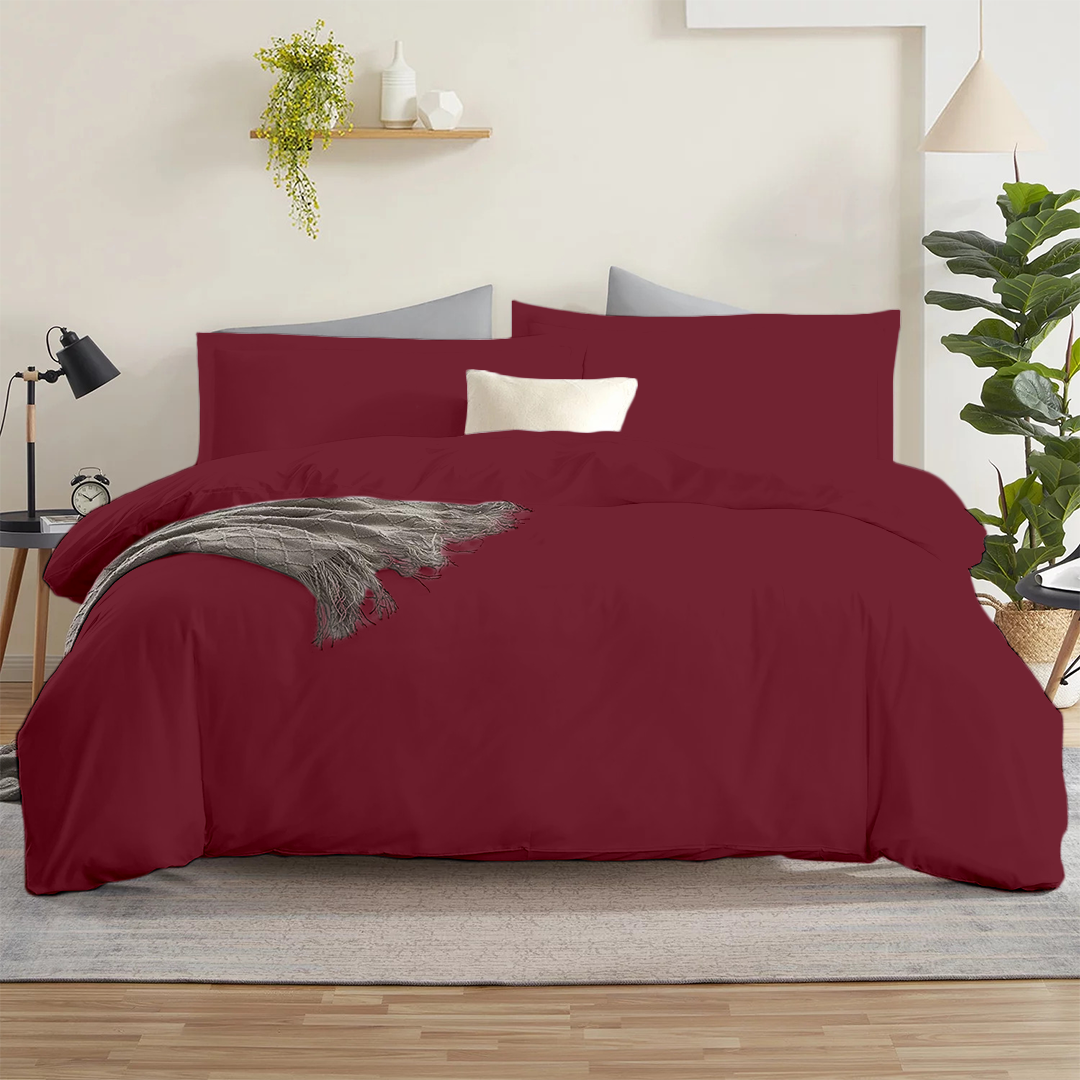



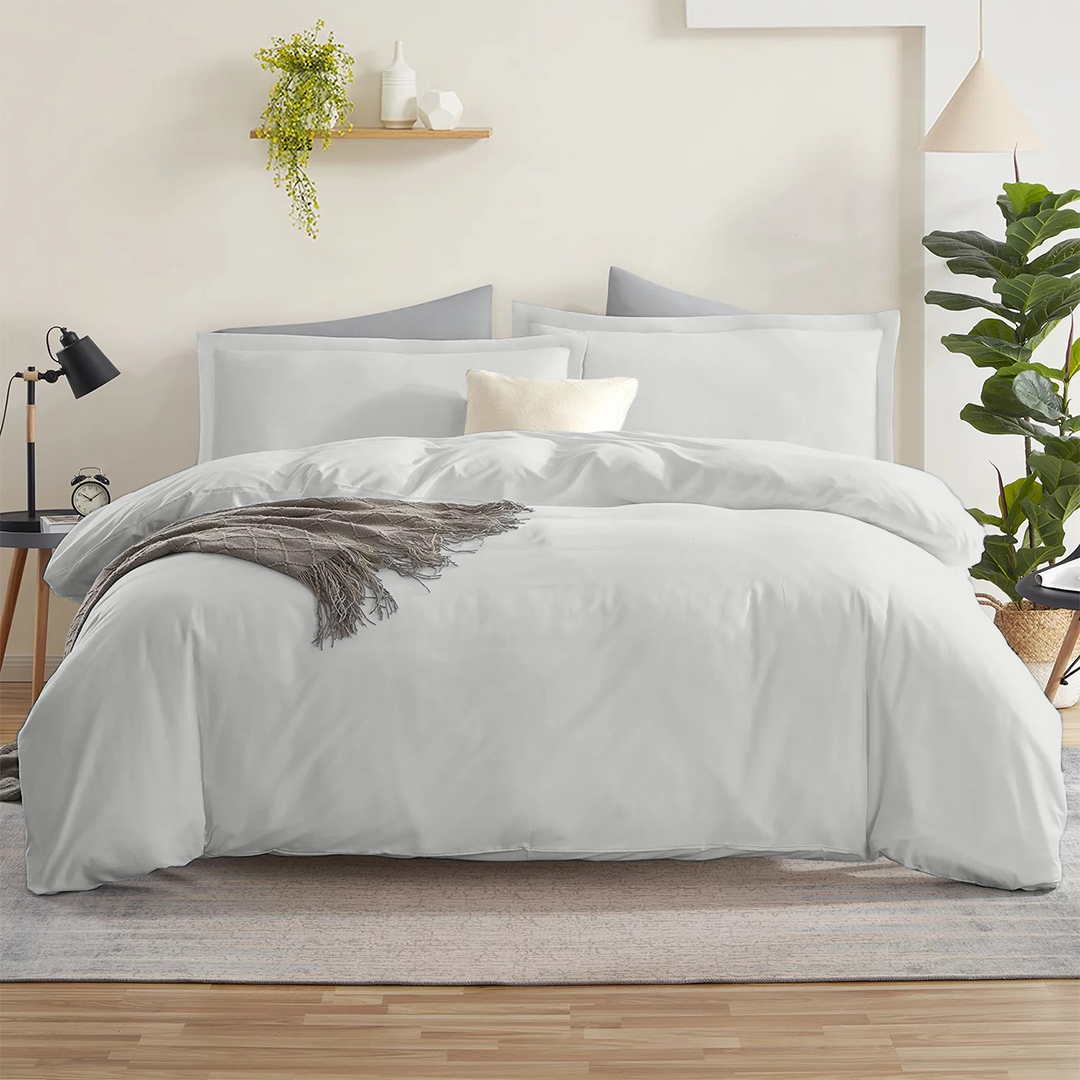

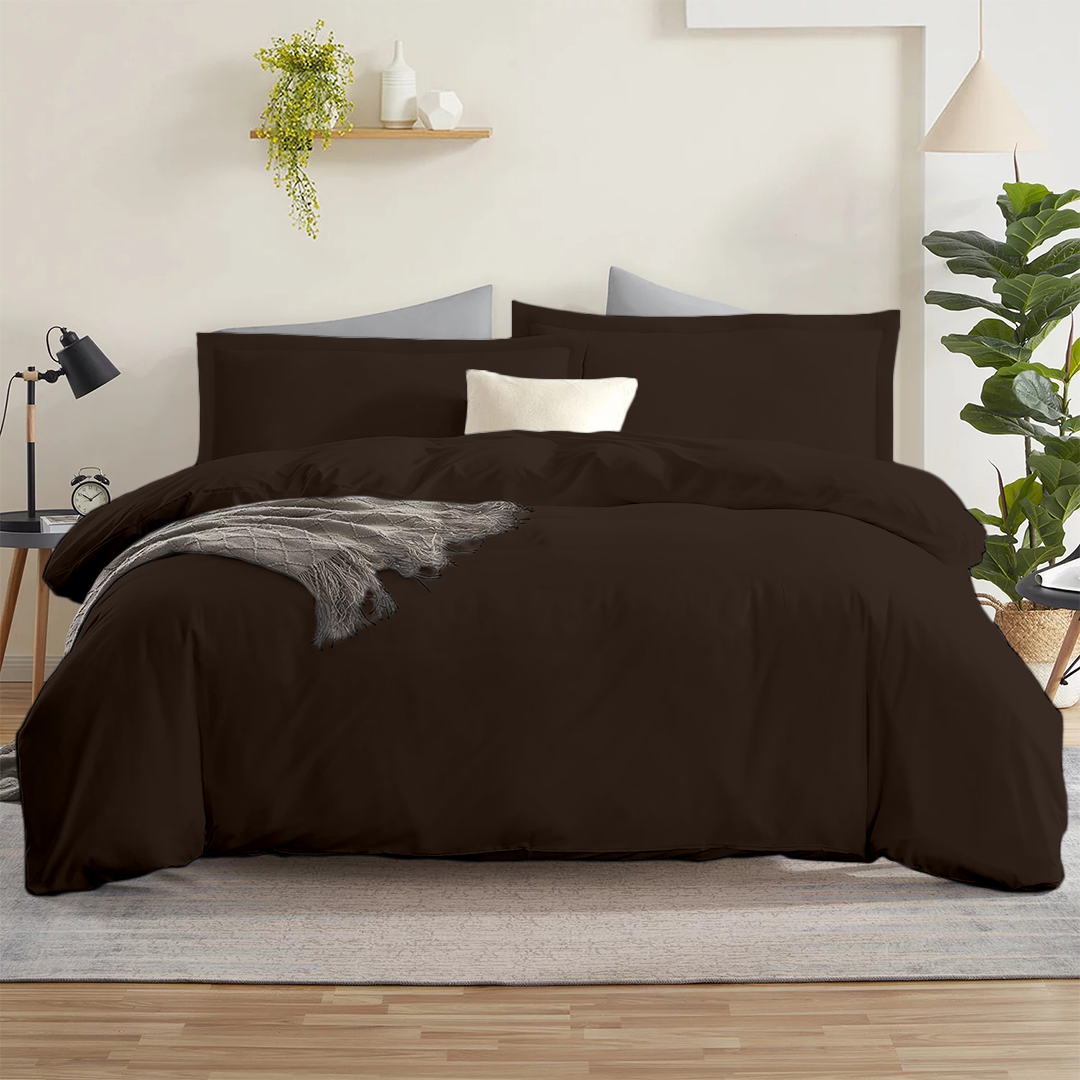

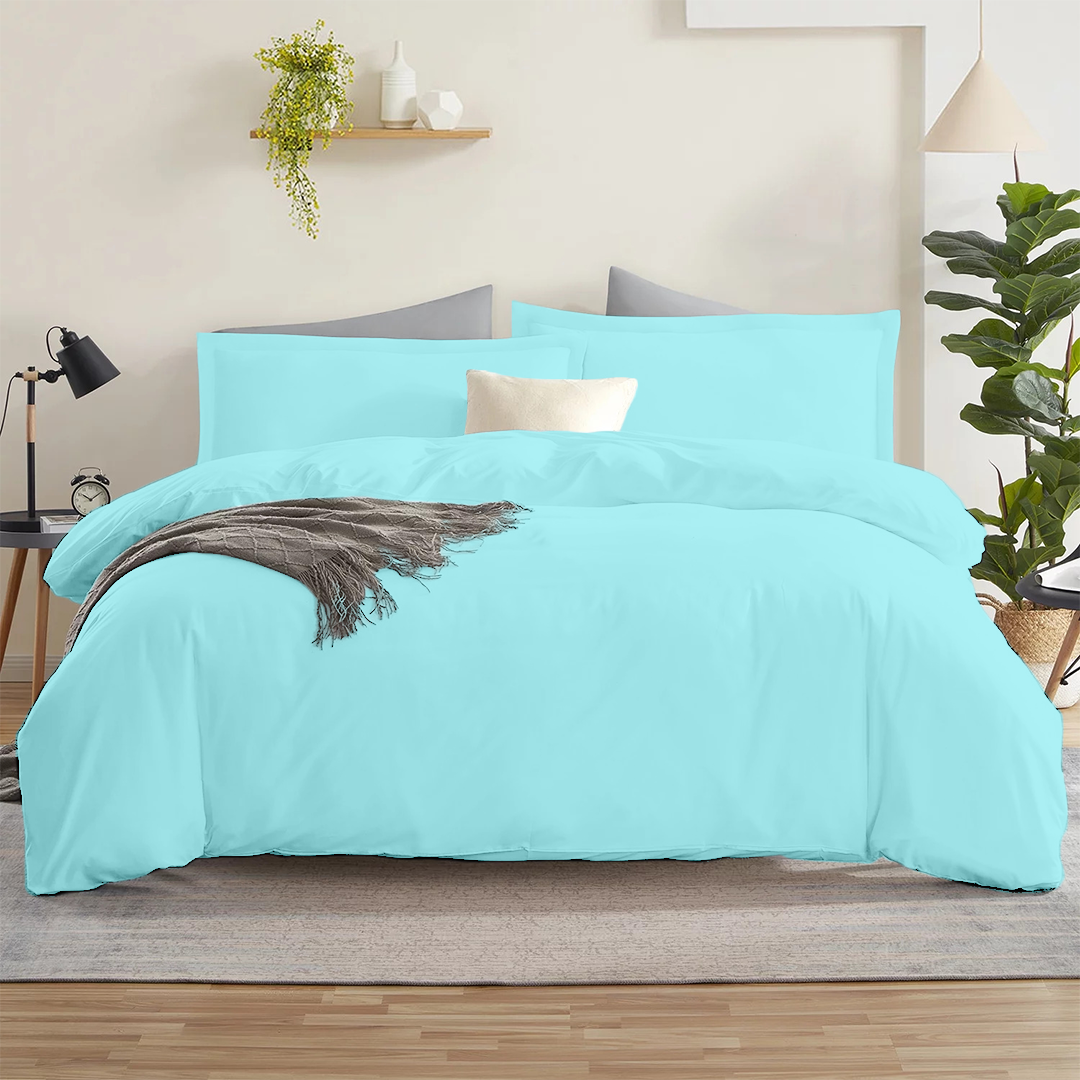






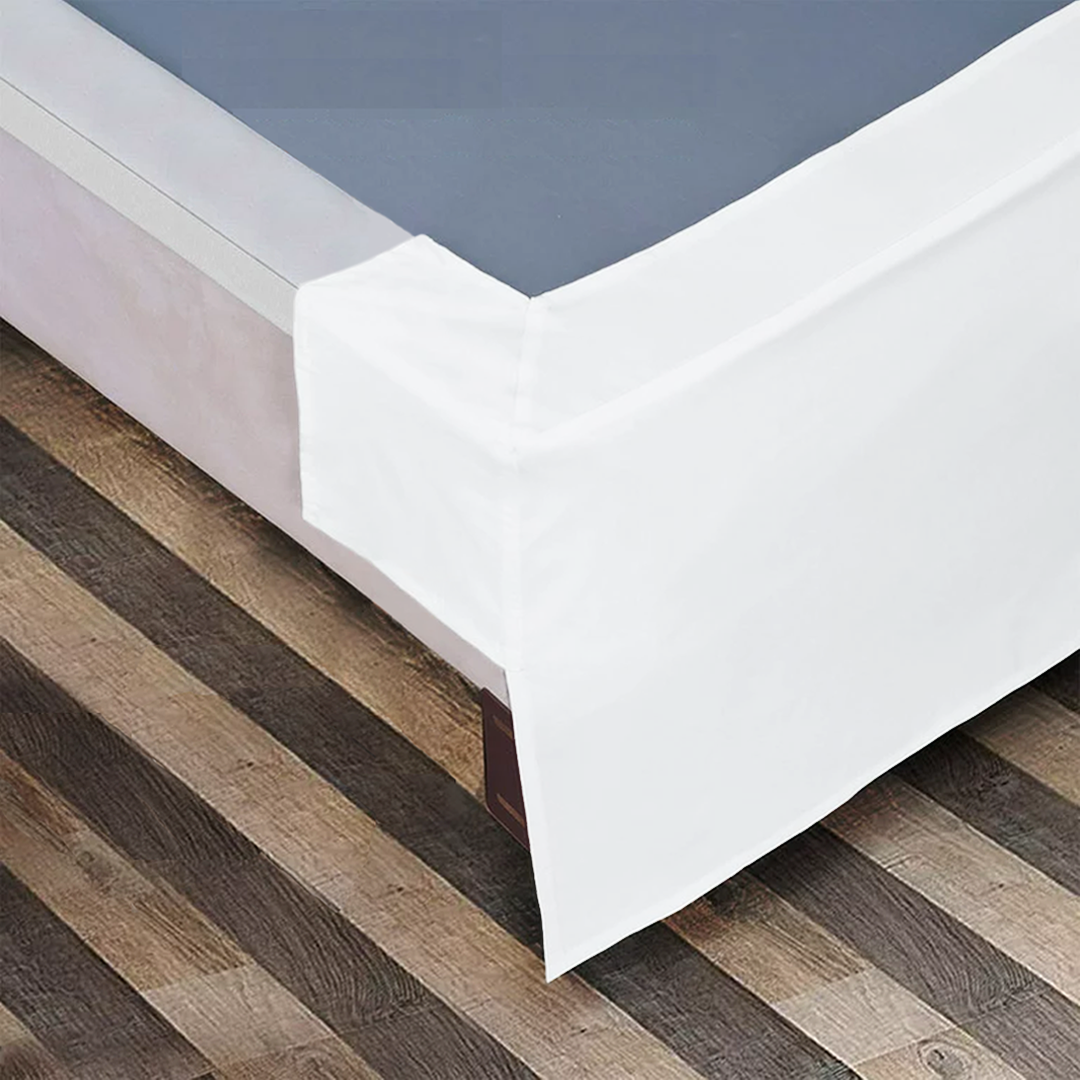

























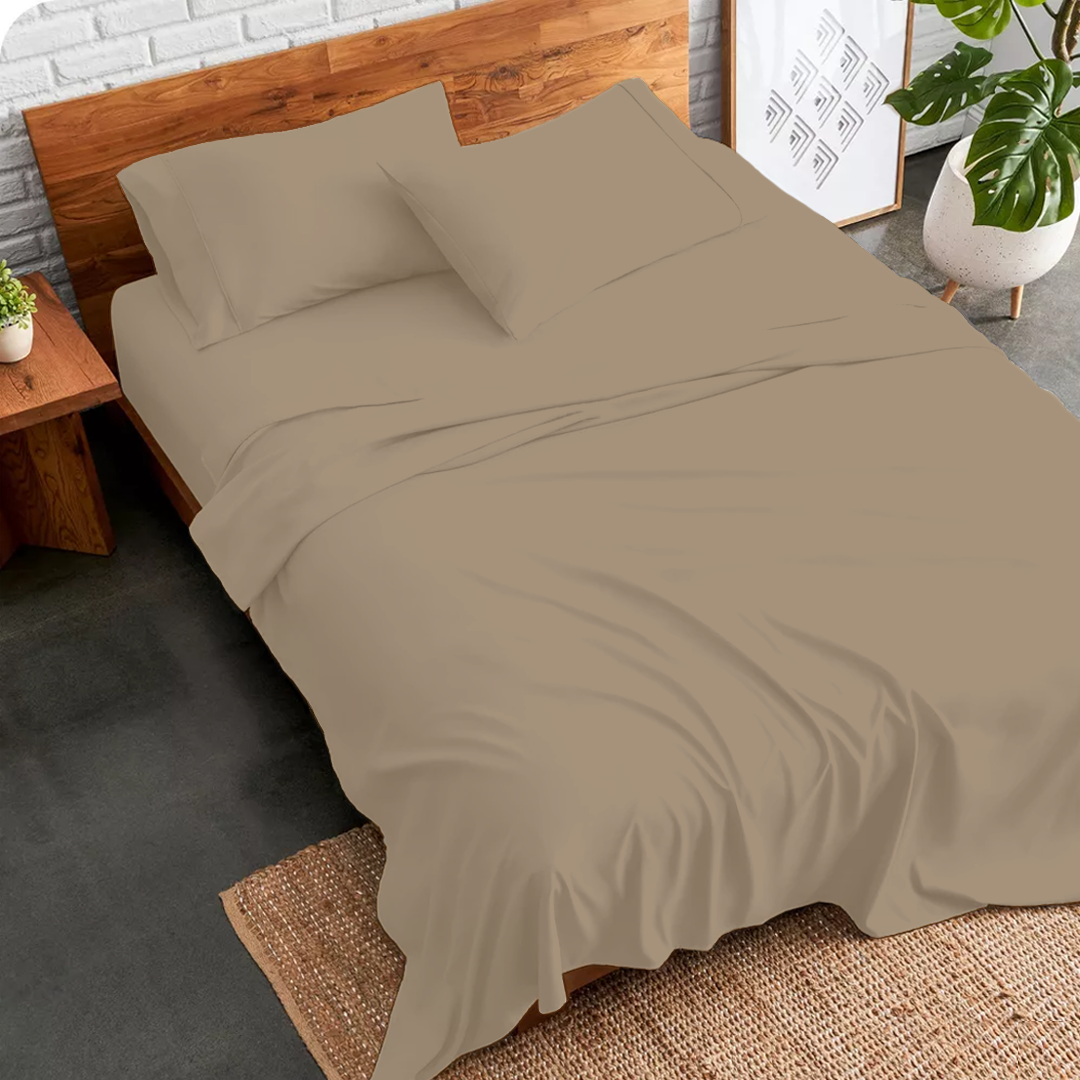
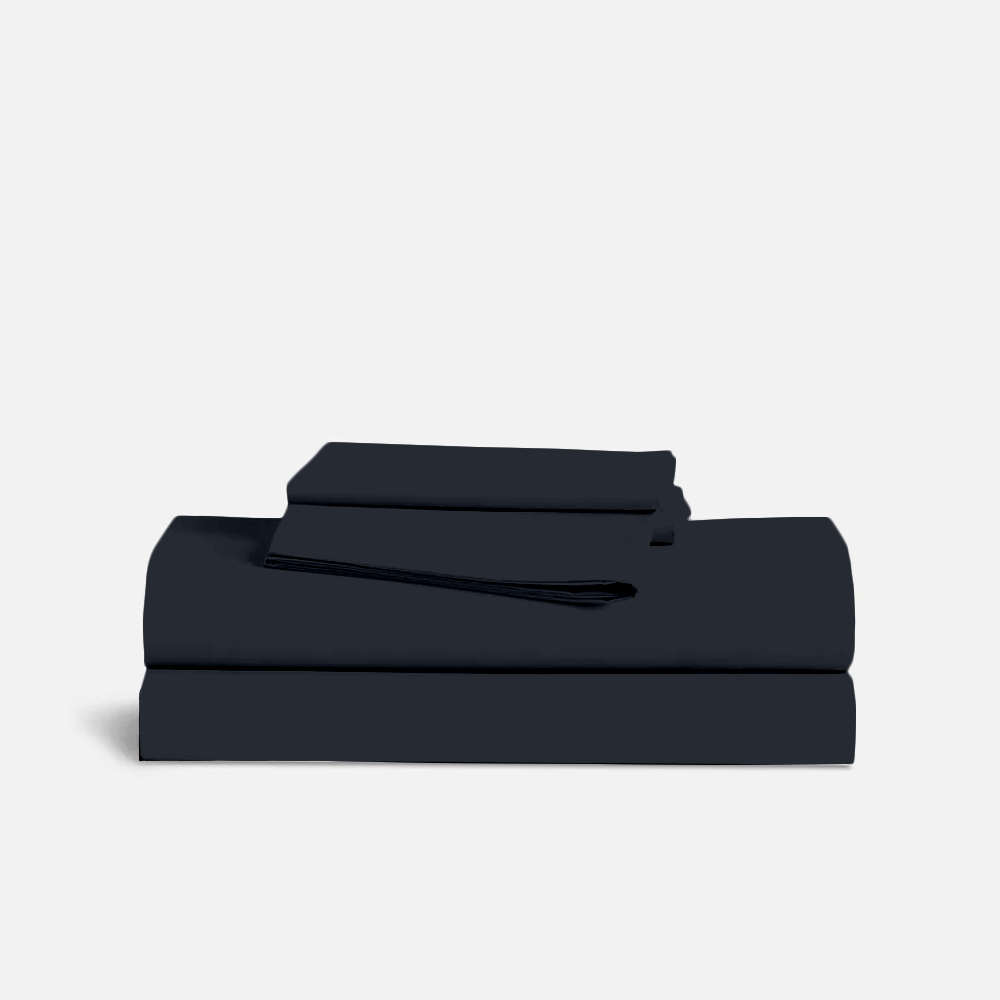

















Leave a comment
This site is protected by hCaptcha and the hCaptcha Privacy Policy and Terms of Service apply.